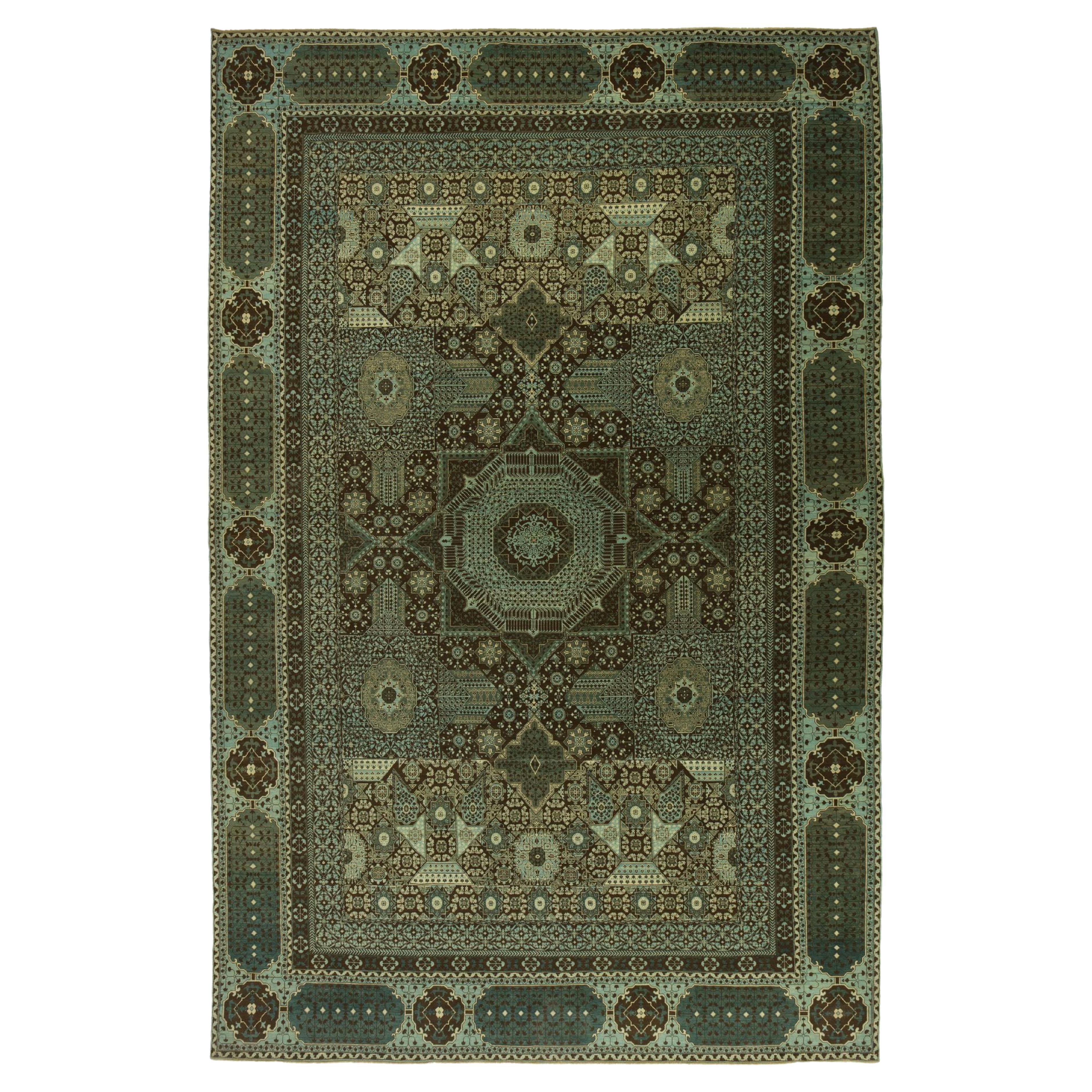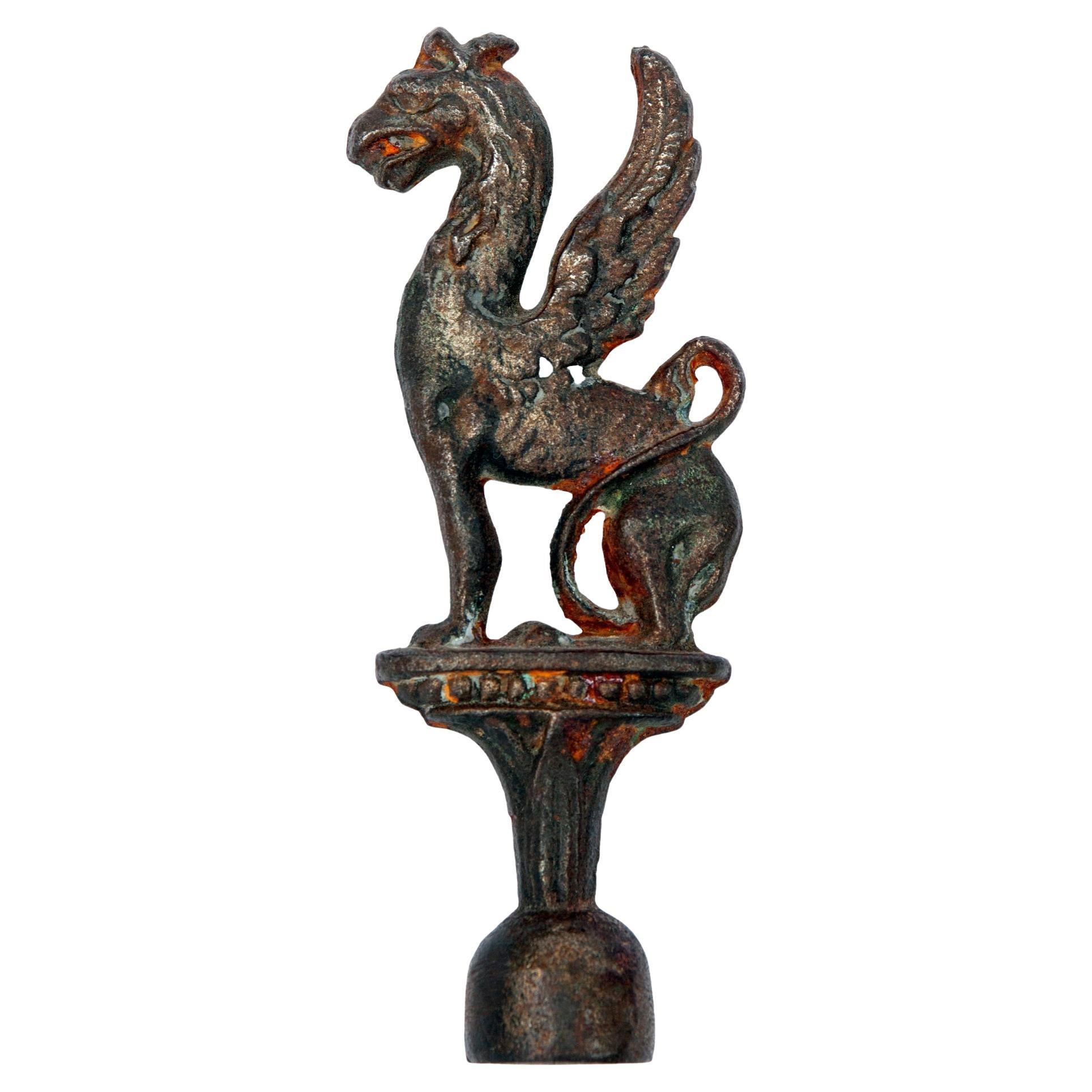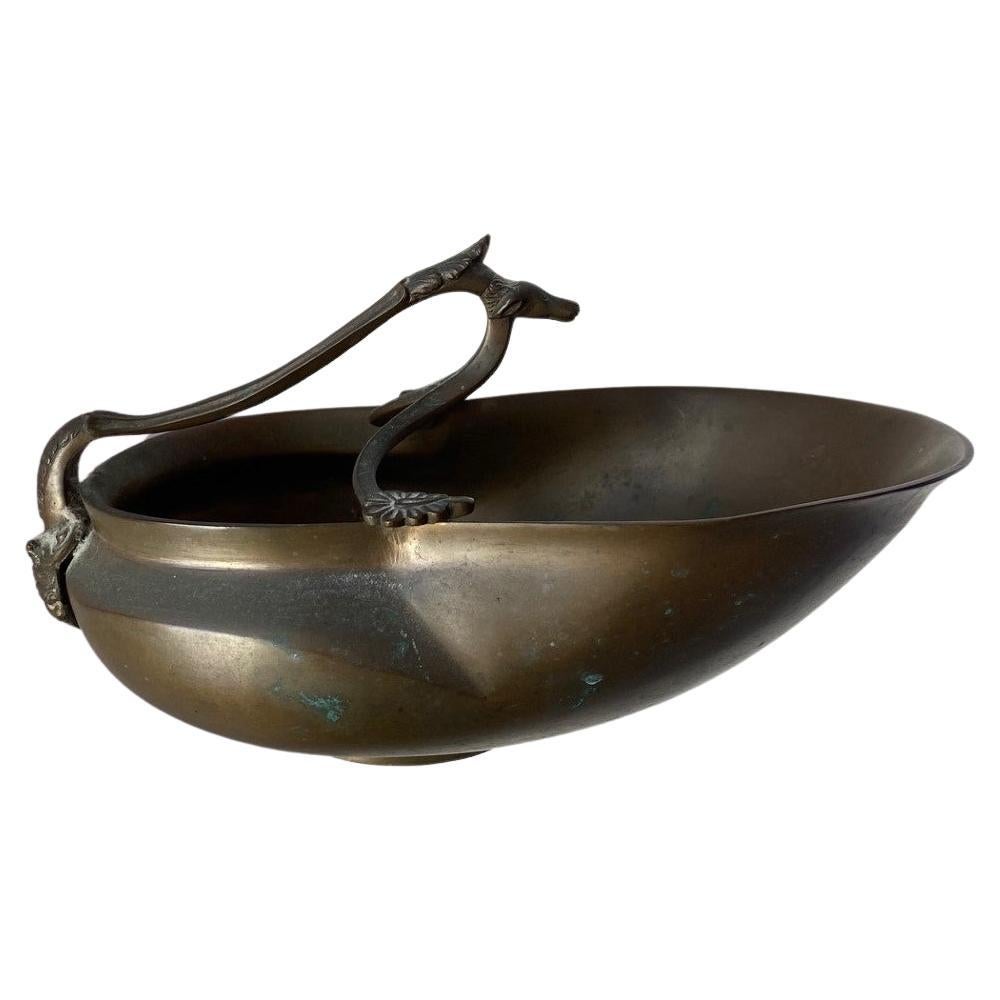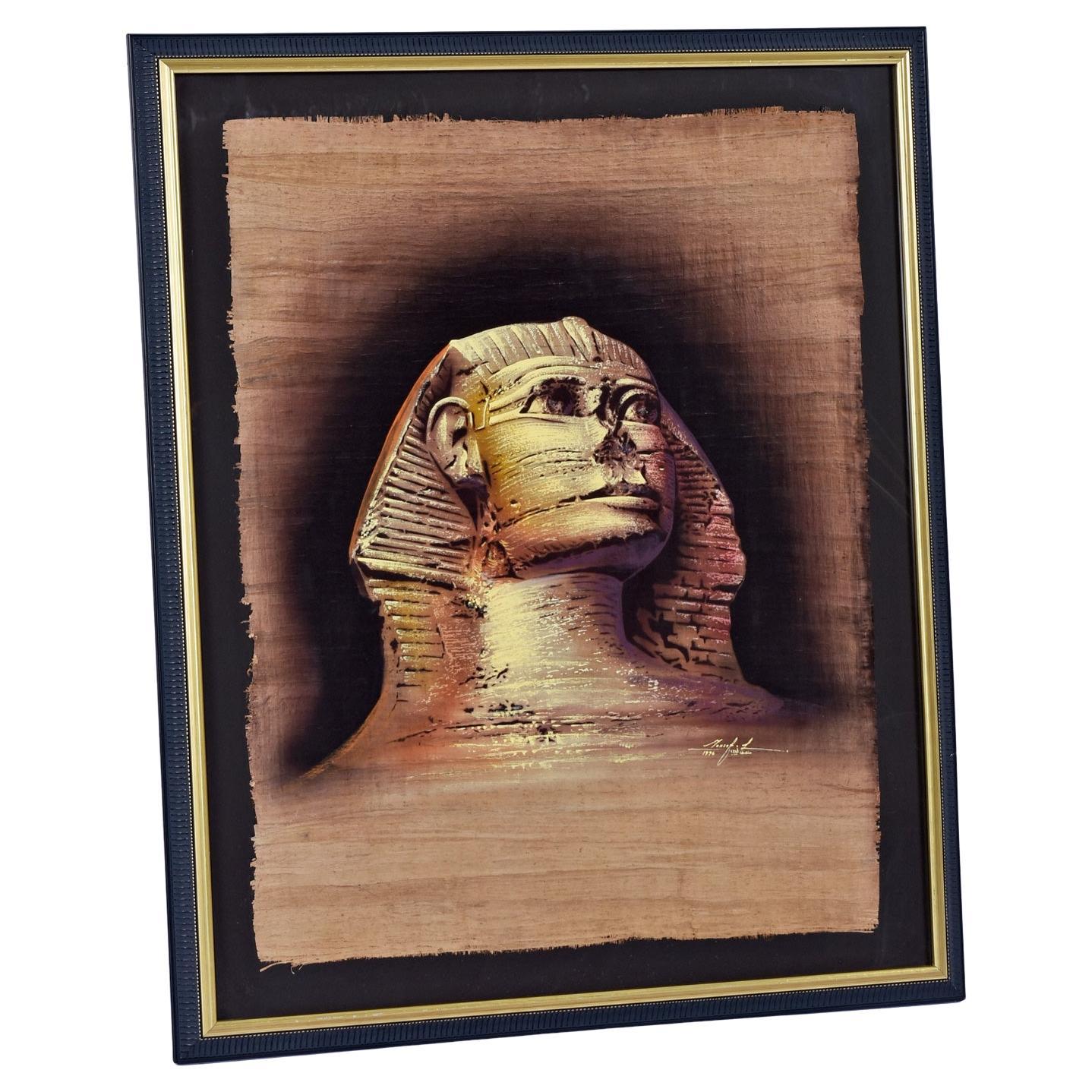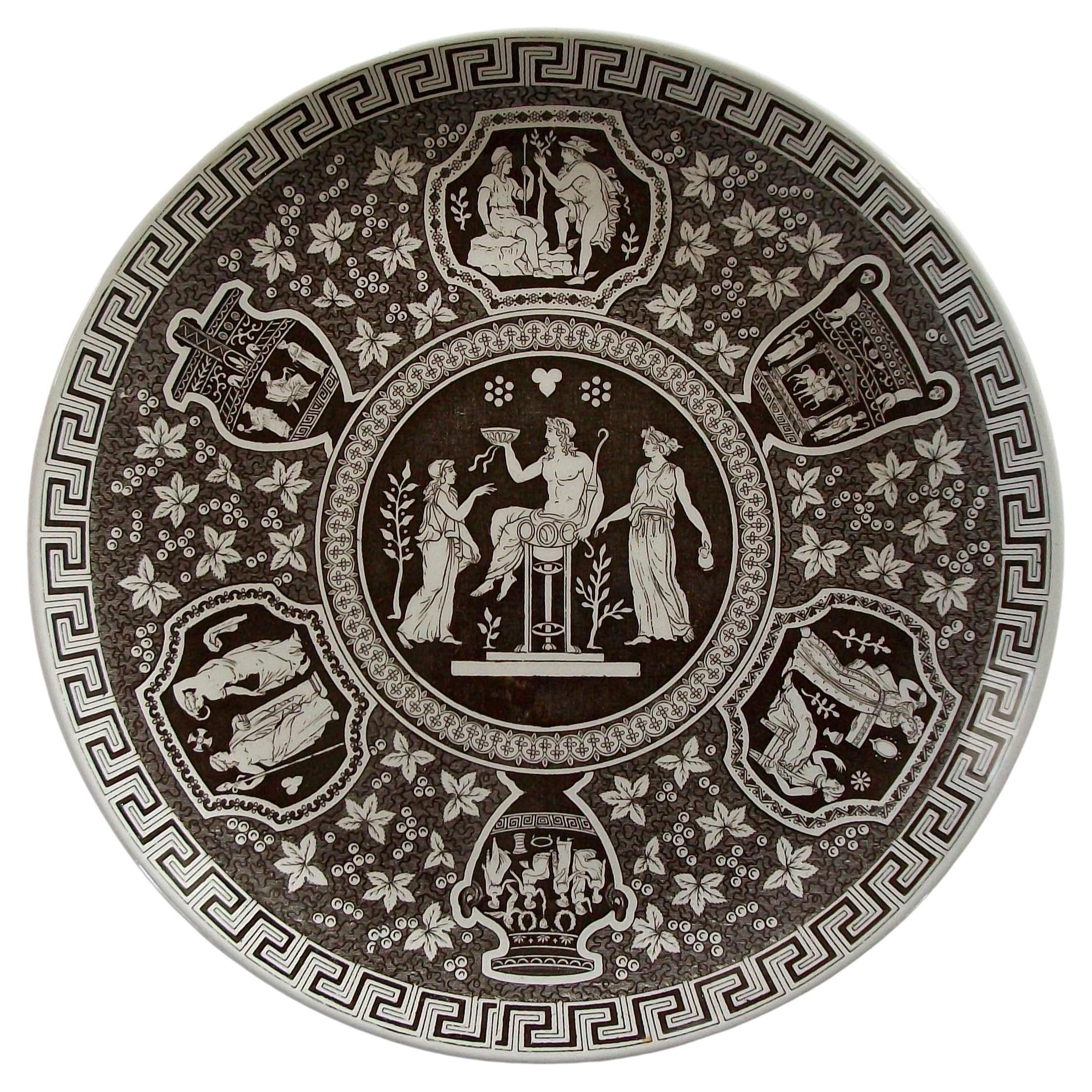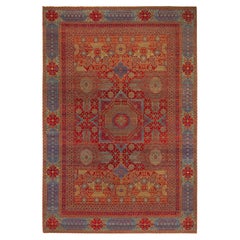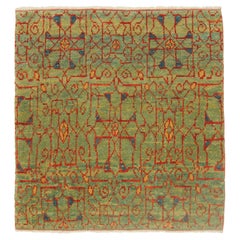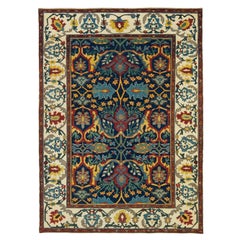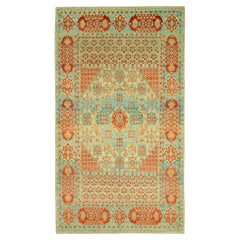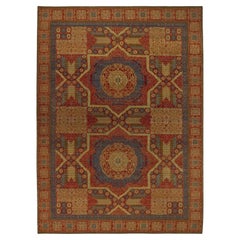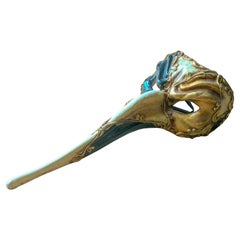Revival Folk Art
21st Century and Contemporary Turkish Revival Folk Art
Wool, Natural Fiber, Organic Material
21st Century and Contemporary Turkish Revival Folk Art
Wool, Natural Fiber, Organic Material
21st Century and Contemporary Turkish Revival Folk Art
Wool, Natural Fiber, Organic Material
21st Century and Contemporary Turkish Revival Folk Art
Organic Material, Natural Fiber, Wool
21st Century and Contemporary Turkish Revival Folk Art
Wool, Natural Fiber, Organic Material
20th Century Italian Revival Folk Art
Paper
21st Century and Contemporary Turkish Revival Folk Art
Wool, Natural Fiber, Organic Material
21st Century and Contemporary Turkish Revival Folk Art
Wool, Natural Fiber, Organic Material
21st Century and Contemporary Caucasian Revival Folk Art
Wool, Natural Fiber, Organic Material
21st Century and Contemporary Turkish Revival Folk Art
Wool, Natural Fiber, Organic Material
1940s American Vintage Revival Folk Art
Brass
19th Century Spanish Antique Revival Folk Art
Wood
21st Century and Contemporary Turkish Revival Folk Art
Wool, Natural Fiber, Organic Material
21st Century and Contemporary Turkish Revival Folk Art
Wool, Natural Fiber, Organic Material
21st Century and Contemporary Caucasian Revival Folk Art
Organic Material, Natural Fiber, Wool
21st Century and Contemporary Turkish Revival Folk Art
Wool, Natural Fiber, Organic Material
21st Century and Contemporary Turkish Revival Folk Art
Wool, Natural Fiber, Organic Material
21st Century and Contemporary Turkish Revival Folk Art
Wool, Natural Fiber, Organic Material
21st Century and Contemporary Turkish Revival Folk Art
Wool, Natural Fiber, Organic Material
21st Century and Contemporary Turkish Revival Folk Art
Wool, Natural Fiber, Organic Material
21st Century and Contemporary Turkish Revival Folk Art
Wool, Natural Fiber, Organic Material
21st Century and Contemporary Turkish Revival Folk Art
Wool, Natural Fiber, Organic Material
21st Century and Contemporary Turkish Revival Folk Art
Wool, Natural Fiber, Organic Material
21st Century and Contemporary Turkish Revival Folk Art
Wool, Natural Fiber, Organic Material
Mid-18th Century Italian Antique Revival Folk Art
Bronze
Early 20th Century French Revival Folk Art
Metal
Late 18th Century French Antique Revival Folk Art
Canvas, Wood, Paint, Paper
21st Century and Contemporary Turkish Revival Folk Art
Wool, Natural Fiber, Organic Material
21st Century and Contemporary Turkish Revival Folk Art
Wool, Natural Fiber, Organic Material
1940s French Vintage Revival Folk Art
Stone
20th Century Greek Revival Folk Art
Metal
21st Century and Contemporary Indian Revival Folk Art
Wool
21st Century and Contemporary Turkish Revival Folk Art
Wool, Natural Fiber, Organic Material
1980s African Vintage Revival Folk Art
Copper
21st Century and Contemporary Turkish Revival Folk Art
Wool, Natural Fiber, Organic Material
21st Century and Contemporary Turkish Revival Folk Art
Wool, Natural Fiber, Organic Material
Early 20th Century Congolese Revival Folk Art
Wood
21st Century and Contemporary Turkish Revival Folk Art
Wool, Natural Fiber, Organic Material
21st Century and Contemporary Turkish Revival Folk Art
Wool, Natural Fiber, Organic Material
2010s Turkish Revival Folk Art
Wool, Natural Fiber, Organic Material
21st Century and Contemporary Turkish Revival Folk Art
Wool, Natural Fiber, Organic Material
21st Century and Contemporary Turkish Revival Folk Art
Wool, Natural Fiber, Organic Material
21st Century and Contemporary Turkish Revival Folk Art
Wool, Natural Fiber, Organic Material
21st Century and Contemporary Turkish Revival Folk Art
Wool, Natural Fiber, Organic Material
Early 20th Century Persian Revival Folk Art
Wool
21st Century and Contemporary Turkish Revival Folk Art
Wool, Natural Fiber, Organic Material
21st Century and Contemporary Caucasian Revival Folk Art
Wool, Organic Material, Natural Fiber
21st Century and Contemporary Turkish Revival Folk Art
Wool, Natural Fiber, Organic Material
21st Century and Contemporary Turkish Revival Folk Art
Wool, Natural Fiber, Organic Material
21st Century and Contemporary Turkish Revival Folk Art
Wool, Natural Fiber, Organic Material
21st Century and Contemporary Turkish Revival Folk Art
Wool, Natural Fiber, Organic Material
21st Century and Contemporary Turkish Revival Folk Art
Wool, Natural Fiber, Organic Material
21st Century and Contemporary Turkish Revival Folk Art
Wool, Natural Fiber, Organic Material
21st Century and Contemporary Turkish Revival Folk Art
Wool, Natural Fiber, Organic Material
21st Century and Contemporary Turkish Revival Folk Art
Wool, Natural Fiber, Organic Material
21st Century and Contemporary Turkish Revival Folk Art
Wool, Natural Fiber, Organic Material
21st Century and Contemporary Turkish Revival Folk Art
Wool, Natural Fiber, Organic Material
21st Century and Contemporary Turkish Revival Folk Art
Wool, Natural Fiber, Organic Material
21st Century and Contemporary Turkish Revival Folk Art
Wool, Natural Fiber, Organic Material
21st Century and Contemporary Turkish Revival Folk Art
Wool, Natural Fiber, Organic Material
